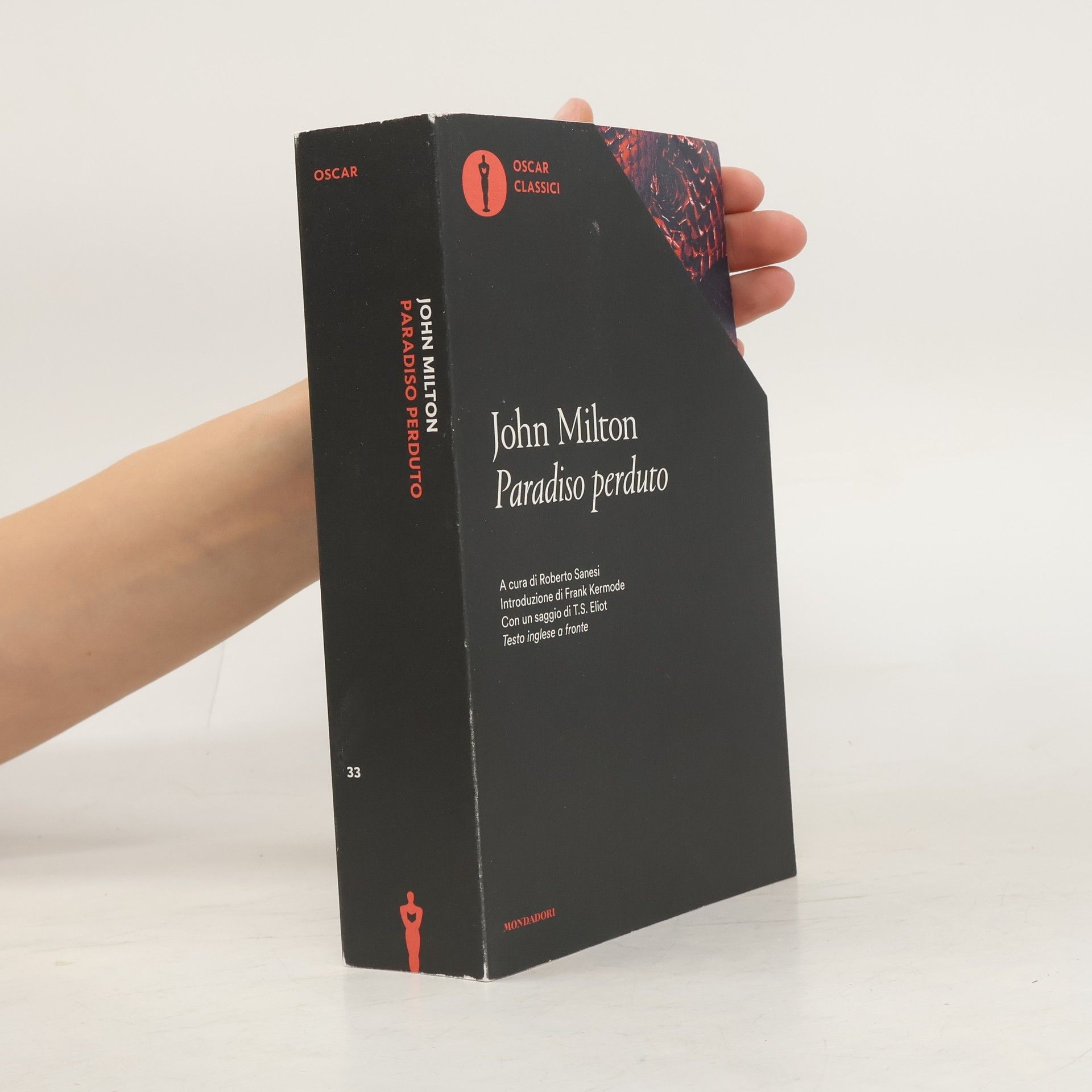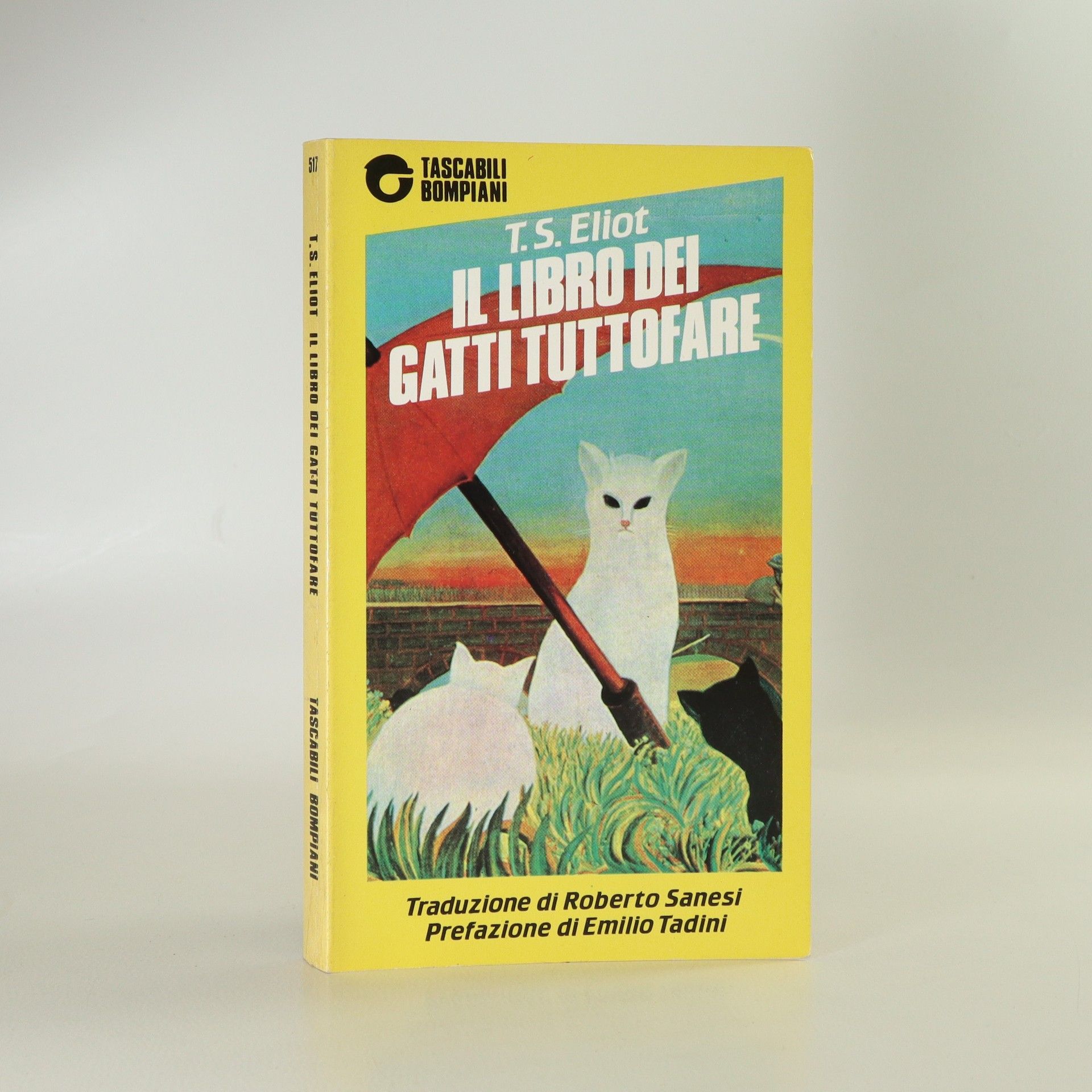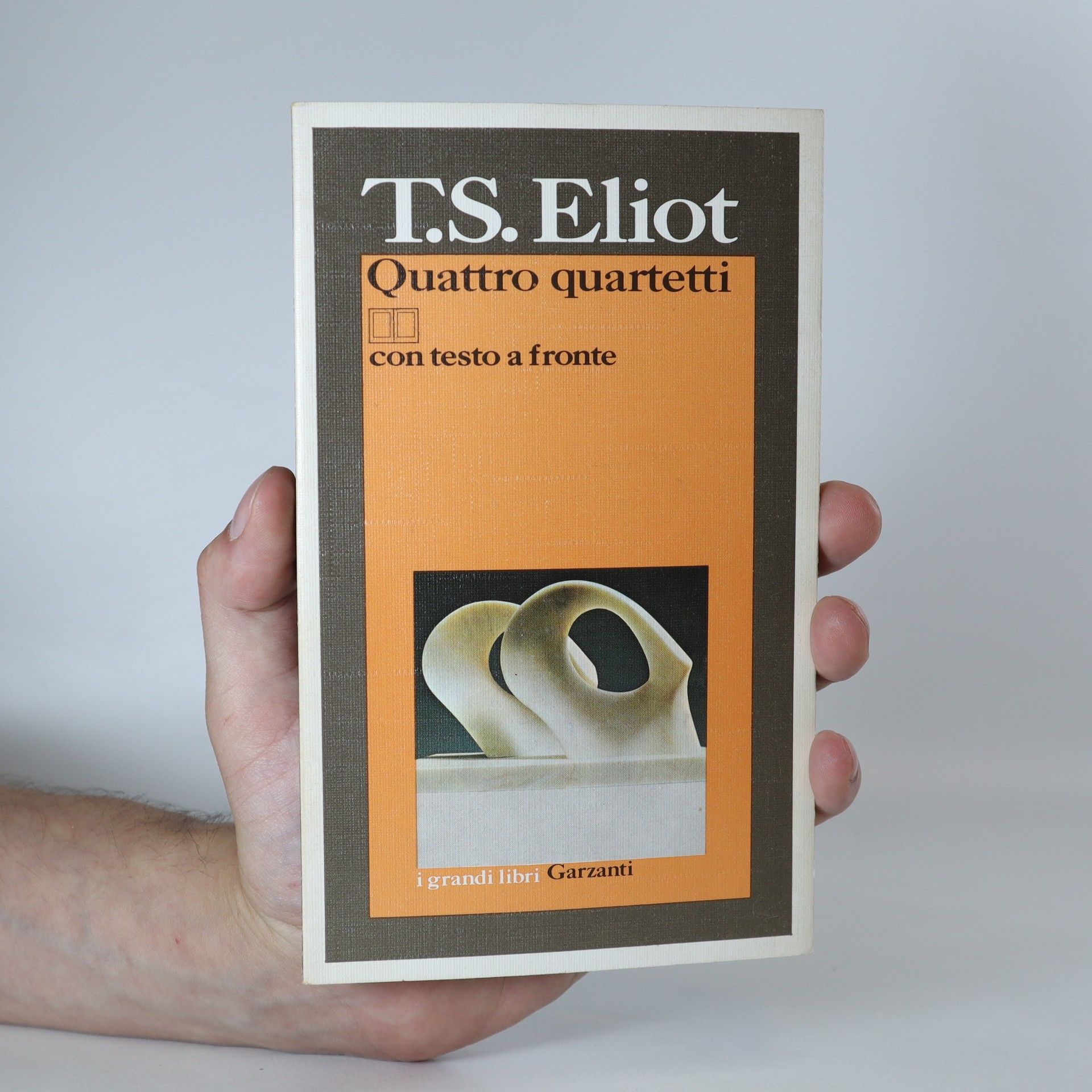T. S. Eliot Ordine dei libri







- 2016
- 1991
Certain of these poems first appeared in Poetry, Blast, Others, The Little Review, and Art and Letters. Contents: Gerontion; Burbank with a Baedeker: Bleistein with a Cigar; Sweeney Erect; A Cooking Egg; Le Directeur; Melange adultere de tout; Lune de Miel; The Hippopotamus; Dans le Restaurant; Whispers of Immortality; Mr. Eliot's Sunday Morning Service; Sweeney Among the Nightingales; The Love Song of J. Alfred Prufrock; Portrait of a Lady; Preludes; Rhapsody on a Windy Night; Morning at the Window; The Boston Evening Transcript; Aunt Helen; Cousin Nancy; Mr. Apollinax; Hysteria; Conversation Galante; La Figlia Che Pianga.
- 1990
T. S. Eliot's playful cat poems have delighted readers and cat lovers around the world ever since they were first published in 1939. They were originally composed for his godchildren, with Eliot posing as Old Possum himself, and later inspired the legendary musical Cats.
- 1989
The Four Quartets is a series of four poems by T.S. Eliot, published individually from 1936 to 1942, and in book form in 1943; it was considered by Eliot himself to be his finest work. Each of the quartets has five "movements" and each is titled by a place name -- BURNT NORTON (1936), EAST COKER (1940), THE DRY SALVAGES (1941), and LITTLE GIDDING (1942). Eliot's insights into the cyclical nature of life are revealed through themes and images woven throughout the four poems. Spiritual, philosophical, and personal themes emerge through symbolic allusions and literary and religious references from both Eastern and Western thought. The work addresses the connections of the personal and historical present and past, spiritual renewal, and the very nature of experience; it is considered the poet's clearest exposition of his Christian beliefs. (The Merriam-Webster Encyclopedia of Literature)